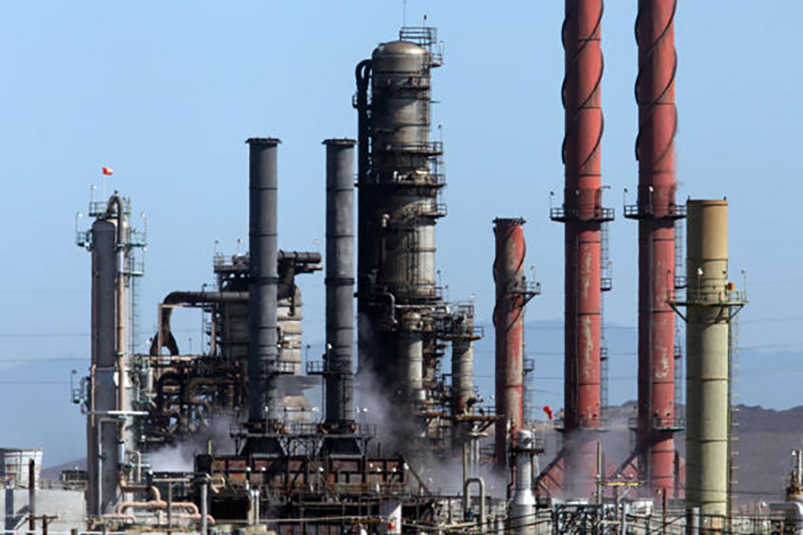Many industrial and specialty chemicals are acutely toxic or may cause illness due to chronic exposure. The toxicity of a chemical is a measure of its ability to cause damage to an organ or system that prevents that organ or system from functioning as needed. Acute toxins are those that cause severe injury or death as a result of short-term, high-level exposure. Common examples are hydrogen sulfide, phosgene, ethylene glycol and chlorine. Chronic toxins can cause severe injury or death after multiple exposures. A common example is formaldehyde. Benzene is another example of a chronic toxic chemical and it is also a carcinogen. OSHA and the EPA have regulations that apply to some toxic materials. The best way of handling toxic chemicals & substances & prevent exposure is to maintain the integrity of the vessels and pipes that contain these chemicals. OSHA and EPA regulations address this as does RAGAGEP. If there is a loss of containment, or procedures require activities where there is the potential for exposure to toxic chemicals, engineering controls must be in place to minimize exposure. When engineering controls are not possible, effective personal protective equipment must be utilized.
I have investigated numerous incidents involving the release of toxic materials and the evaluation of the systems used to prevent and mitigate releases.

Toxic chemical release at a refinery.

